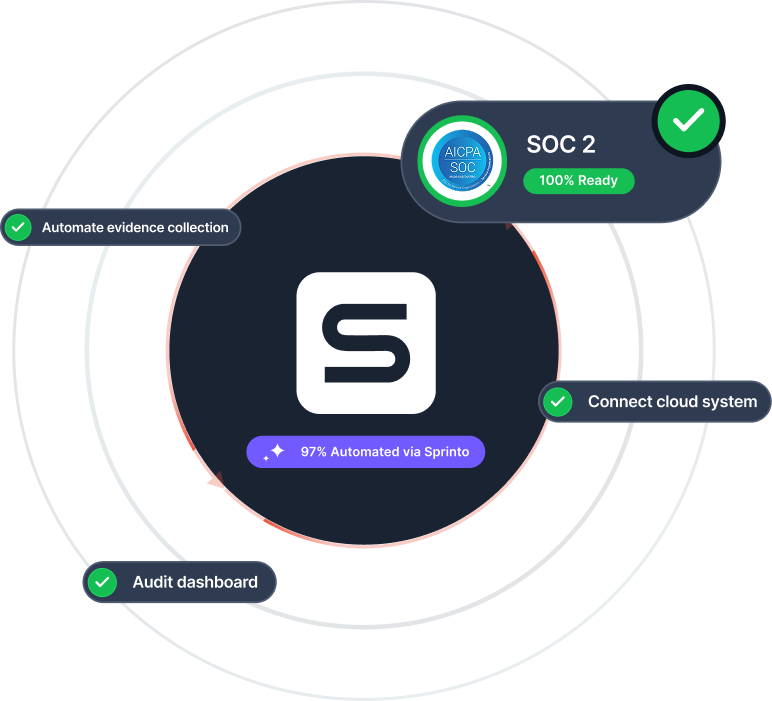What Makes Compliance Difficult
An Overview of Compliance
Must-Know Compliance Frameworks
Overview of Compliance Implementation Process
Overview of Continuous Compliance
Building a Compliance Paper Trail
Educating Teams for Compliance Success
Control Monitoring Overview
Evaluating Compliance Readiness Posture
Audit Management Made for Compliance
Timeframes in Compliance
Breaking Down Compliance Cost
Navigating Compliance in Startups
What Does Compliance Mean for SMEs
Aligning Enterprise Strategy with Compliance
An Overview of Compliance Benefits
What Makes Compliance Difficult
Common reasons compliance programs fail:
Siloed teams — No cross-functional ownership or coordination
Manual overload — Spreadsheets, email chains, and evidence sprawl
Audit fatigue — Scrambling every cycle to collect documents
Tool chaos — Point solutions with no central source of truth
Control drift — Policies exist on paper but break in practice
Example: An org may pass an audit one year, but fail the next due to offboarded employees retaining access. Or evidence from HR isn’t collected because no one owns that control.
Solving this requires automation, accountability, and executive buy-in.
Siloed teams — No cross-functional ownership or coordination
Manual overload — Spreadsheets, email chains, and evidence sprawl
Audit fatigue — Scrambling every cycle to collect documents
Tool chaos — Point solutions with no central source of truth
Control drift — Policies exist on paper but break in practice
Example: An org may pass an audit one year, but fail the next due to offboarded employees retaining access. Or evidence from HR isn’t collected because no one owns that control.
Solving this requires automation, accountability, and executive buy-in.
Dangers Of Mixing Compliance Consulting And Auditing: Why It Leads To Compliance Blindspots
Sprinto, your ally in all things compliance, risk, and governance.


